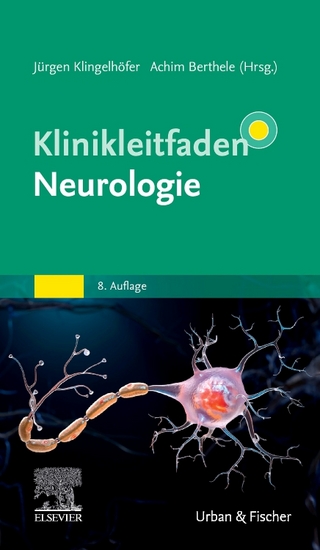
The Ionotropic Glutamate Receptors
Humana Press Inc. (Verlag)
978-0-89603-456-3 (ISBN)
The field of the excitatory amino acids was born when L-glutamate and L-aspartate were found to be potent convulsants (Hayashi, 1954), and were subsequently found to excite neurons directly (Curtis, Phillis, and Watkins, 1959). Although these studies initiated the hypothesis of glutamate-mediated neurotransmission, it was noted that the ubiquitous actions of glutamate could also reflect a general, nonspecific property of glutamate on neuronal mem- branes. It was not until 20 years later that pharmacological, physiological, and biochemical studies provided convincing evidence for a neurotransmitter role for glutamate in the mammalian central nervous system (CNS). With the critical demonstration that the pharmacologically defined glutamate receptors mediate synaptic currents, glutamate rapidly became widely accepted as a majorneurotransmitter by the mid-1980s. This breakthrough, together with the simultaneous findings that glutamate receptors are involved in many essential, as well as pathological, processes in the CNS, instantly transformed the study of glutamate receptors into one of the fastest-growing and most exciting areas of neuroscience.
With the cloning of numerous ionotropic glutamate receptor subunits over the last six years, the field has experienced another dramatic acceleration in the understanding of receptor action and in providing the first clear insights into the molecular bases underlying the wealth of pharmacological and physiological data on these receptors.
1 • Subtypes of Glutamate Receptors: Historical Perspectives on Their Pharmacological Differentiation.- 2 • The Topology of Glutamate Receptors: Sorting Through the Domains.- 3 • Ionotropic Glutamate Receptors: Heterogeneity by Posttranscriptional Modifications.- 4 • The Role of Alternative Splicing of the NMDAR1 Receptor Subunit in Synaptic Plasticity.- 5 • Phosphorylation of Non-NMDA Glutamate Receptor Ion Channels: Implications for Synaptic Plasticity and Their Membrane Topology.- 6 • Regulation of NMD A Receptors by Protein Phosphorylation.- 7 • A Map of Non-NMDA Receptor Subunit Expression in the Vertebrate Brain Derived from In Situ Hybridization Histochemistry.- 8 • Developmental Dynamics of Gene Expression for NMDA Receptor Channel.- 9 • Immunocytochemical Localization of Ionotropic Glutamate Receptors (GluRs) in Neural Circuits.- 10 • Functional Properties of Kainate Receptors.- 11 • The Functional Diversity of Native and Recombinant AMPA Receptors.- 12 • Electrophysiologic Characteristics of Heteromeric Recombinant NMDA Receptors: Comparison with Native Receptors.- 13 • Pharmacology of Recombinant NMDA Receptors: Possible Mechanisms for NMDA Receptor Heterogeneity.- 14 • On the Molecular Basis of NMDA Receptor Diversity.
...will be an important reference...Each chapter is worth reading in its entirety, and each provides a solid groundingin the state of research to this point...will help [to] guide us over the next six years. - Journal of Molecular Neuroscience
| Erscheint lt. Verlag | 1.10.1996 |
|---|---|
| Reihe/Serie | The Receptors |
| Zusatzinfo | X, 379 p. |
| Verlagsort | Totowa, NJ |
| Sprache | englisch |
| Maße | 155 x 235 mm |
| Themenwelt | Medizin / Pharmazie ► Medizinische Fachgebiete ► Neurologie |
| Medizin / Pharmazie ► Medizinische Fachgebiete ► Pharmakologie / Pharmakotherapie | |
| Medizin / Pharmazie ► Studium | |
| Naturwissenschaften ► Biologie ► Biochemie | |
| Naturwissenschaften ► Biologie ► Genetik / Molekularbiologie | |
| Naturwissenschaften ► Biologie ► Humanbiologie | |
| Naturwissenschaften ► Biologie ► Zoologie | |
| ISBN-10 | 0-89603-456-9 / 0896034569 |
| ISBN-13 | 978-0-89603-456-3 / 9780896034563 |
| Zustand | Neuware |
| Haben Sie eine Frage zum Produkt? |
aus dem Bereich


